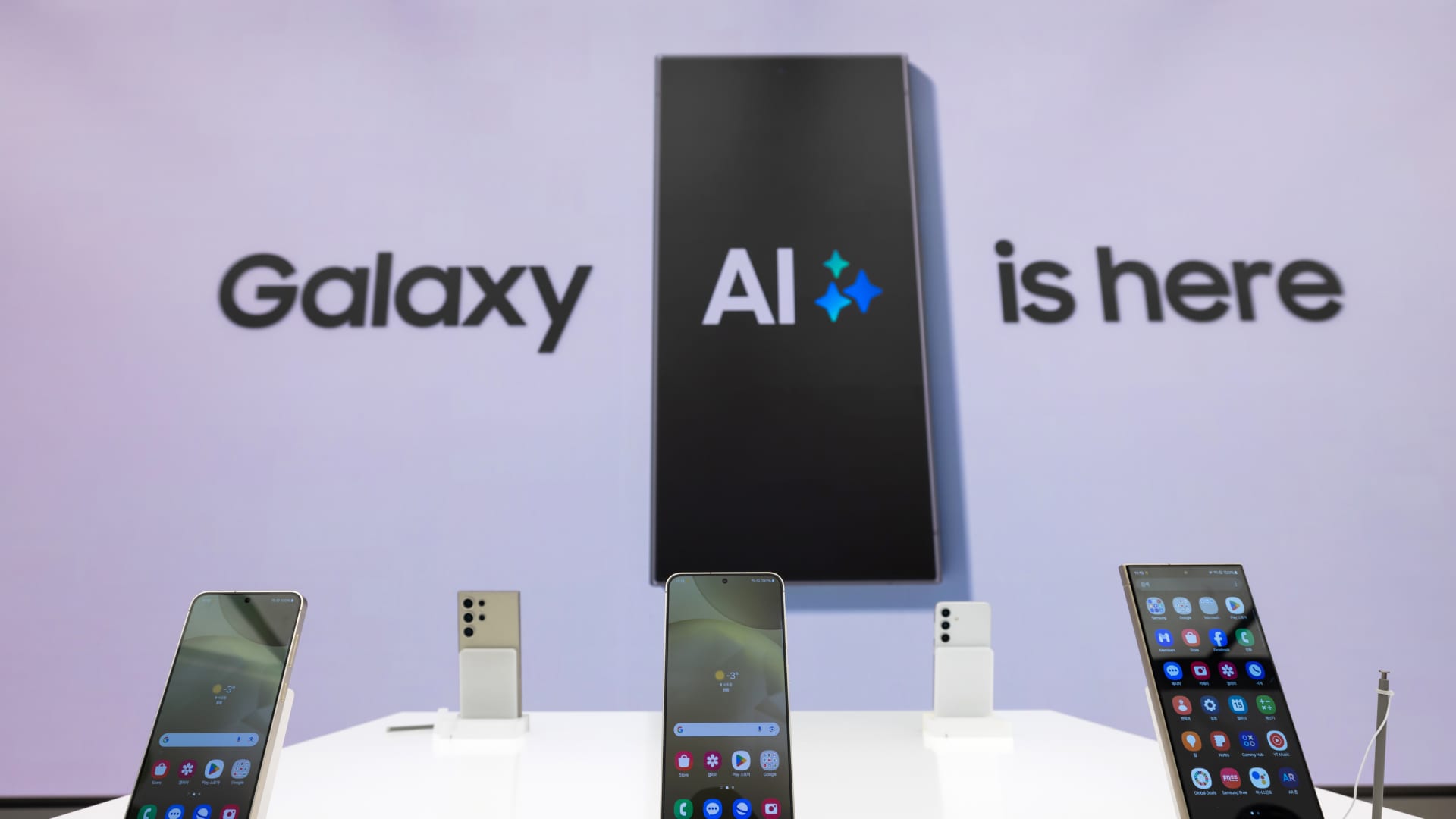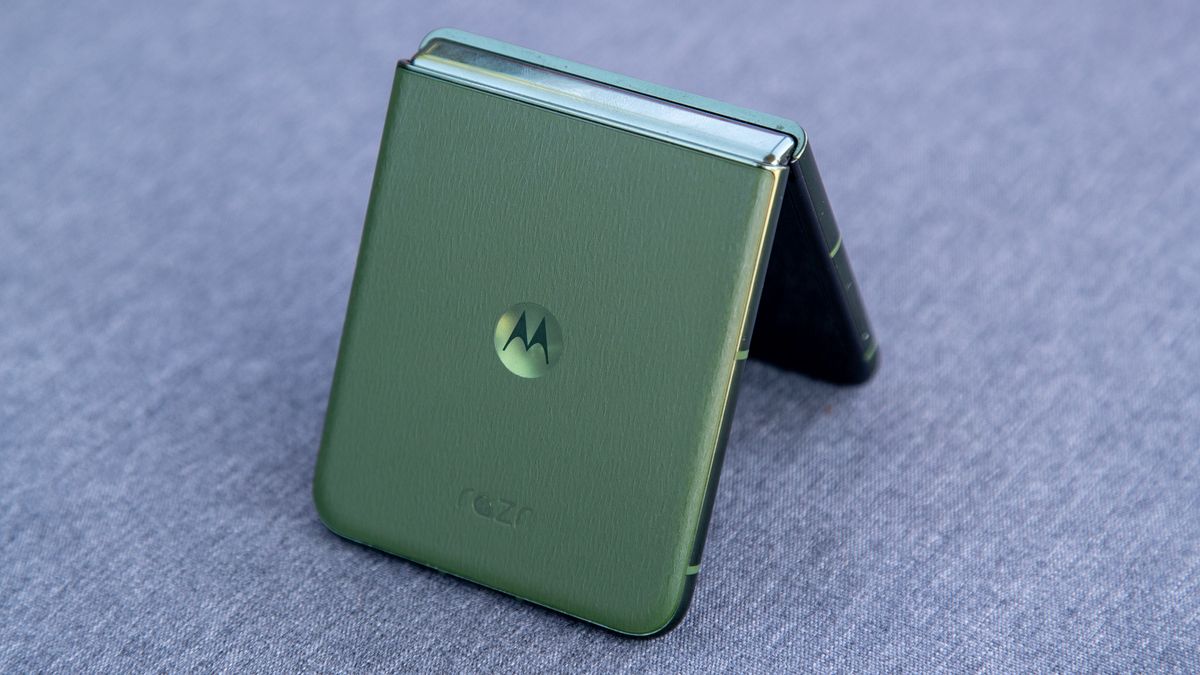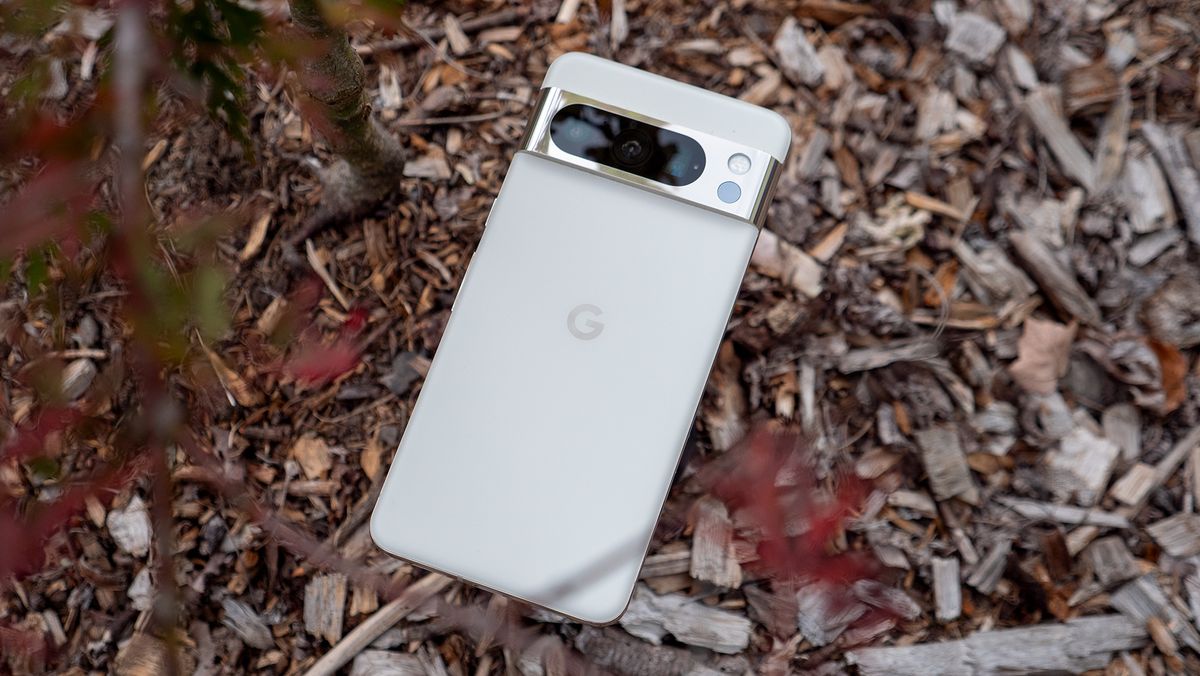Samsung Electronics Co. Galaxy S24 smartphones during a media preview event in Seoul, South Korea, on Monday, Jan. 15, 2024. Samsung, the world’s most prolific smartphone maker, is leaning into artificial intelligence as the key to unlocking greater sales this year. Photographer: SeongJoon Cho/Bloomberg via Getty Images
SeongJoon Cho | Bloomberg | Getty Images
Artificial intelligence phones: these are the buzzwords you’ll likely hear this year, as smartphone players look to jump on the AI hype to boost sales of their devices after a difficult stretch of time.
OpenAI’s ChatGPT, released in late 2022, sparked huge interest in generative AI, specifically — models trained on huge amounts of data that are able to produce text, images and prompts from user videos. Since then, AI excitement has touched every industry and entered the popular imagination.
Smartphone makers see a chance to cash in and are going to be touting the tech at the Mobile World Congress (MWC), the biggest mobile industry trade show in the world, which kicks off on Monday in Barcelona, Spain.
“Nobody wants to be seen as being behind the curve, and AI is just the talk of the town. It is the buzzword this year that all the vendors are going to be jumping on,” Bryan Ma, vice president of client devices research at IDC, told CNBC.
What is an AI phone?
The gear is harder to define, and it depends on which manufacturer you ask.
Analysts who spoke to CNBC broadly agree on a few things — that these devices will have more advanced chips to run AI applications, and that those AI apps will run on-device rather than in the cloud.
Companies like Qualcomm and MediaTek have launched smartphone chipsets that enable the processing power required for AI applications.
But AI tech inside phones is not new. Some aspects of AI have been in devices for years and have allowed features such as background blur effects on smartphones and picture editing.
What is new is the introduction of large language models and generative AI. Large language models are huge AI models trained on vast amounts of data that underpin applications like the widely popular chatbots. These models unlock new features, such as the ability for chatbots to generate images or text from a user prompt.
“It is not just about having a chatbot, we have had these virtual assistants for a while. The difference is, it is generative now, so they can create a poem or summarize meetings. If it is about text to image creation, that was something that wasn’t done before,” Ma said.
The other big part of the AI smartphone puzzle is the term “on-device AI.” Previously, many AI applications on devices were actually partly processed in the cloud, then downloaded onto the phone. But advanced chips and the ability for large language models to effectively become smaller are likely to drive more AI applications to be run solely in the device, rather than in a data center.
“I think one of the big stories at MWC will be the ability of the AI models too run natively on the devices themselves and that is where it potentially starts to become a bit more of a gamechanger,” Ben Wood, chief analyst at CCS Insight, told CNBC.
Smartphone makers say on-device AI improves the security of gear, unlocks new applications and also makes them faster, since the processing is done on the handset.
This could unlock new applications that developers could create, both Ma and Wood said.
Eventually, Wood said, smartphone makers want to achieve “anticipatory computing” — the idea that AI “is smart enough to learn your behavior as a user and make the device so much more intuitive and predicting what you want to do next without you having to do much.”
But are AI phones a reality right now?
Sort of. AI has been used in devices for some time, but the new era of on-device AI with large language models is still in its early stages.
Device makers at MWC are going to show off lots of AI-powered features — and we are already seeing some of it. In January, Samsung launched its flagship Galaxy S24 smartphone range, touting its AI capabilities. One feature that drew attention was the ability to circle an image or text you’re looking at on any app, then immediately search that on Google.
MWC will likely include demonstrations of AI features, from camera apps to chatbots on phones.
But the reality is that a lot of these perks are not actually on-device and still rely on processing in the cloud, according to IDC’s Ma. He added that, even with AI capabilities on devices, it will take a “number of years” before third-party developers figure out a “killer use case or that compelling use case that consumer can’t do without.”
Wood said the danger is that smartphone manufacturers talk a lot about AI, rather than about the experiences that the technology can deliver for users.
“Consumers have no idea what an AI smartphone is, they need the use cases to go round it,” Wood said. The risk is that there is “AI fatigue.”
Ultimately, the lofty AI experiences smartphone makers are dreaming of could be a long way out.
“We are building an unbelievable foundational platform for AI on device. 2024 will be the year we look back on and say that’s where it all started to happen but it could be a long time before we start of these benefit of that in terms of game changing experiences,” Wood said.





















Discussion about this post